NASA SVS Atmospheric Black Carbon Density
4.6 (288) In stock
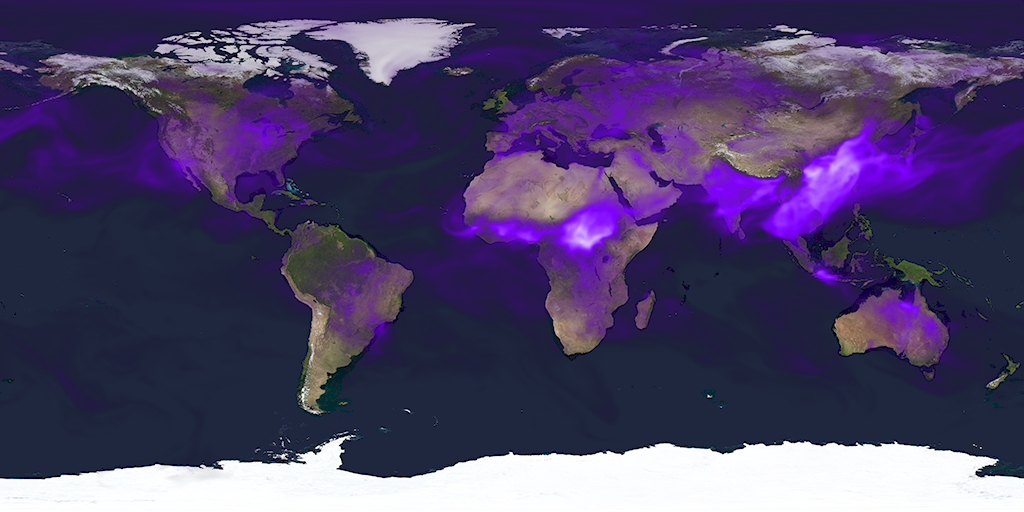
Black carbon, or soot, is formed from the burning of fossil fuels and biomass and lingers in the atmosphere for days or weeks before being deposited on the land or ocean. The transport and deposition of black carbon has become an important topic related to climate change since it can absorb sunlight and cause an increase in temperature on ice surfaces or in the atmosphere. The movement of black carbon in the atmosphere can be simulated by including existing black carbon data sets in a global model of the atmosphere. This animation shows the simulation of over three months of atmospheric black carbon production and movement from the Goddard Chemistry Aerosol and Transport (GOCART) model, which is driven by output of the GEOS5 global atmosphere simulation. Note the production of black carbon from industrialization in China and biomass burning in Africa, as well as the movement of black carbon across the oceans of the world.
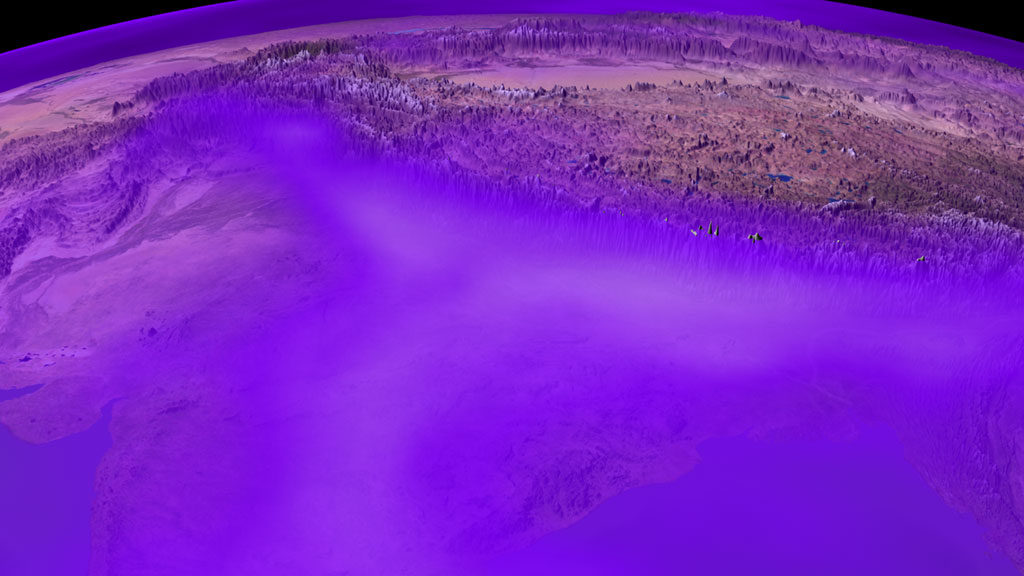
NASA Viz: Black Carbon: Asia's Plain Of Air Pollution
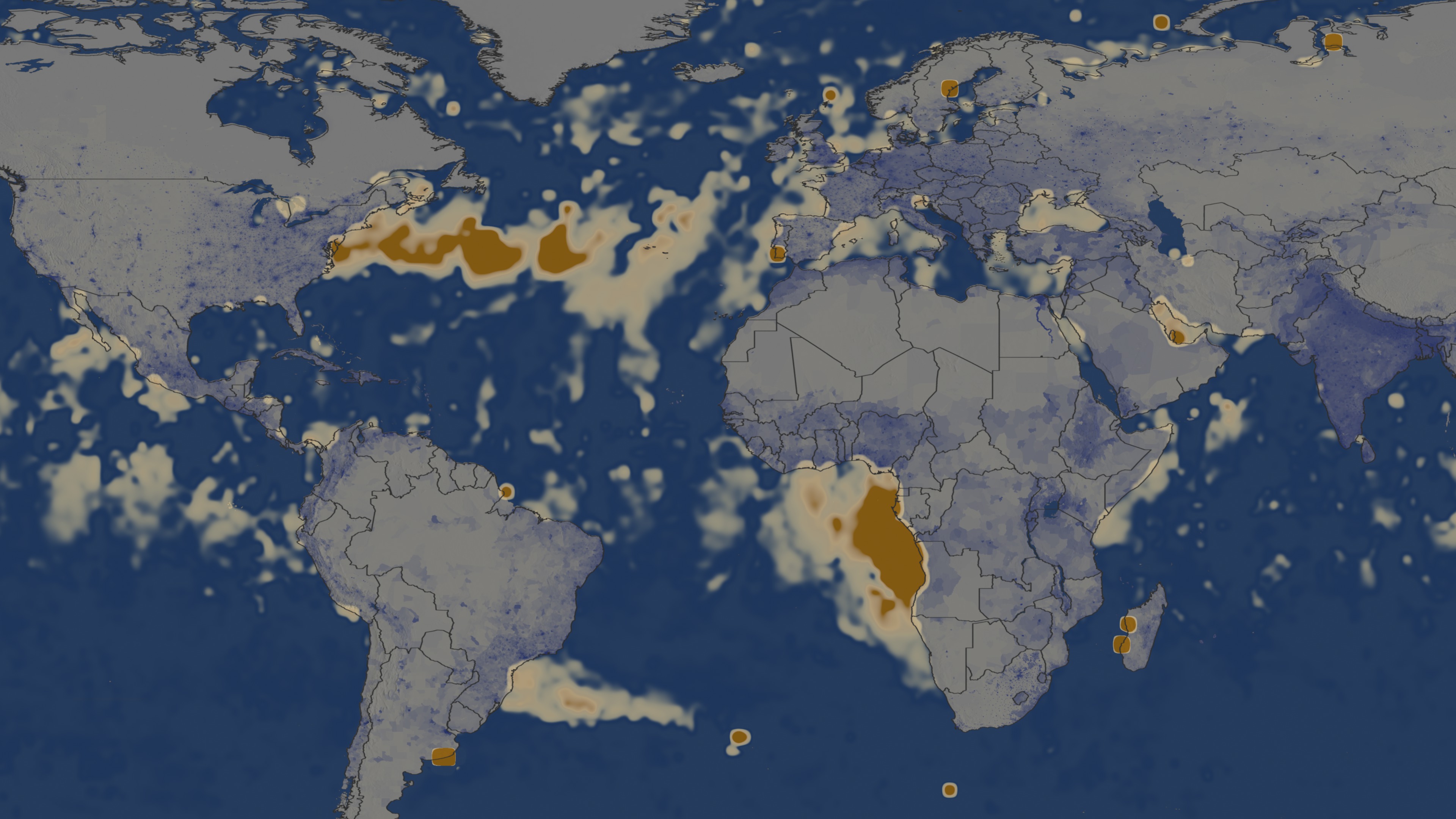
NASA SVS Atmospheric Black Carbon Density
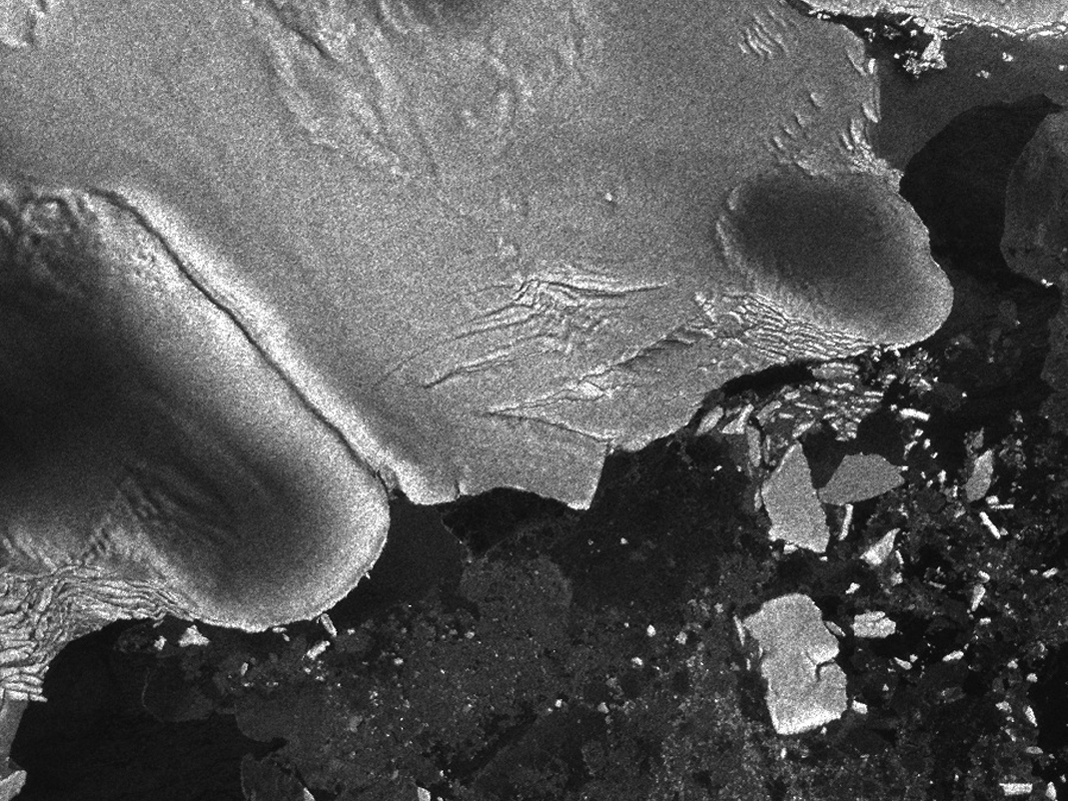
NASA SVS Black Carbon: A Global Presence
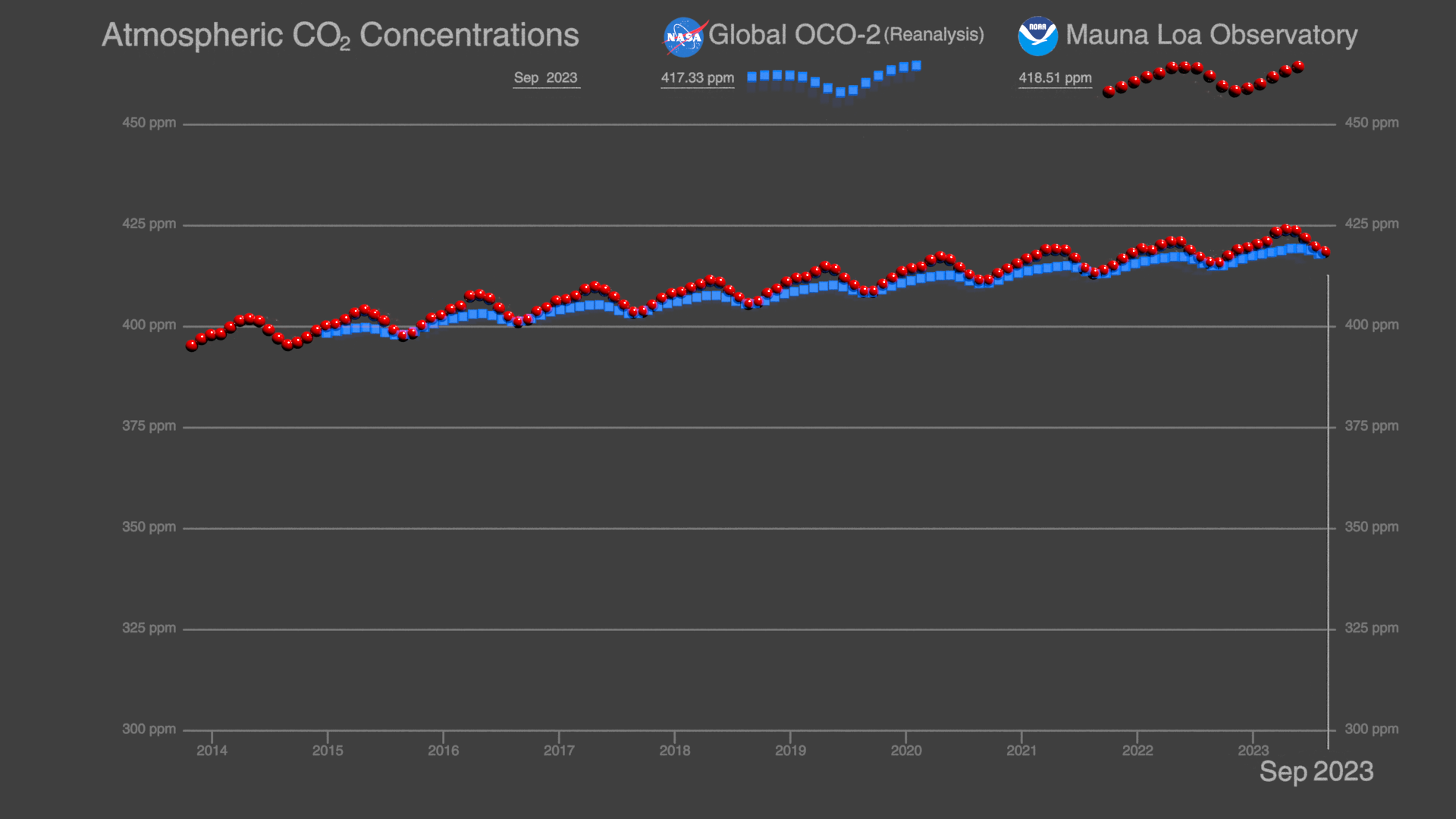
NASA SVS
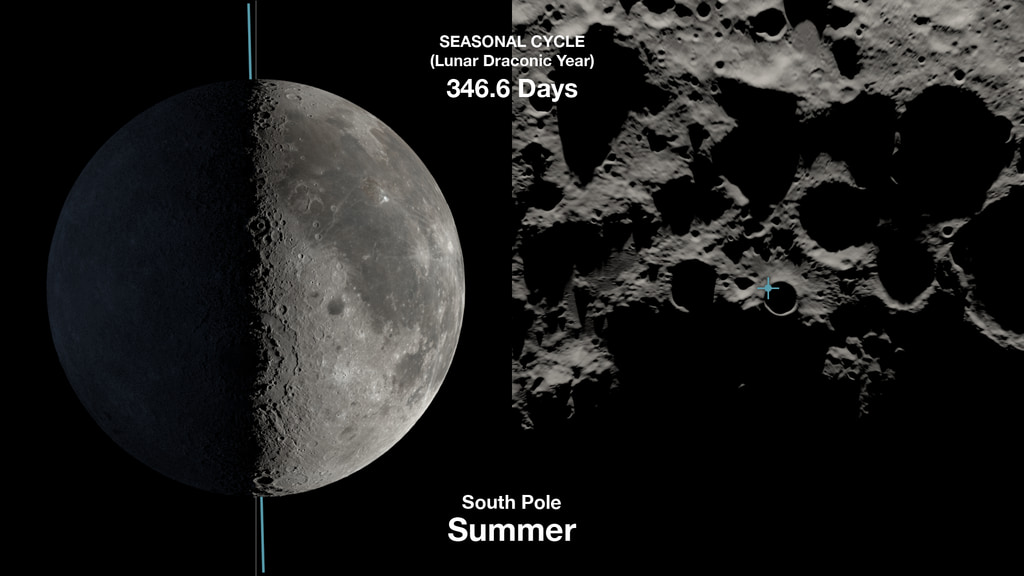
NASA SVS
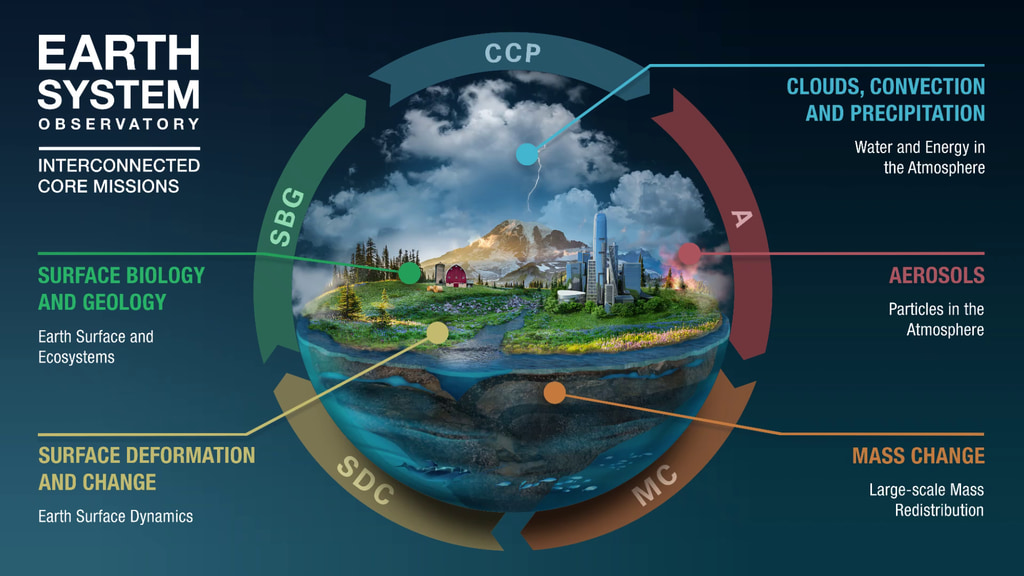
NASA SVS
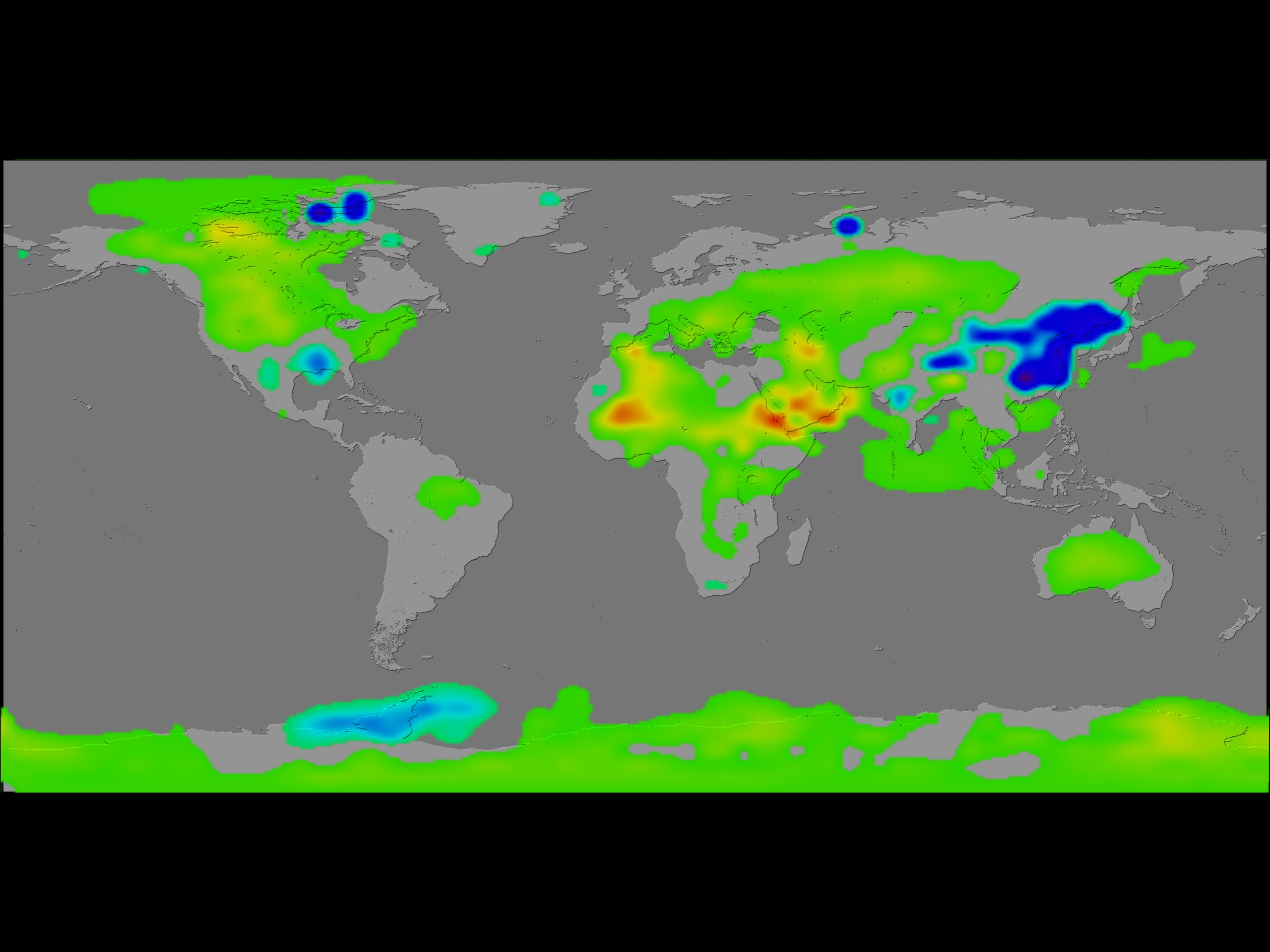
NASA SVS Atmospheric Black Carbon Alters Weather Patterns (Still Images)
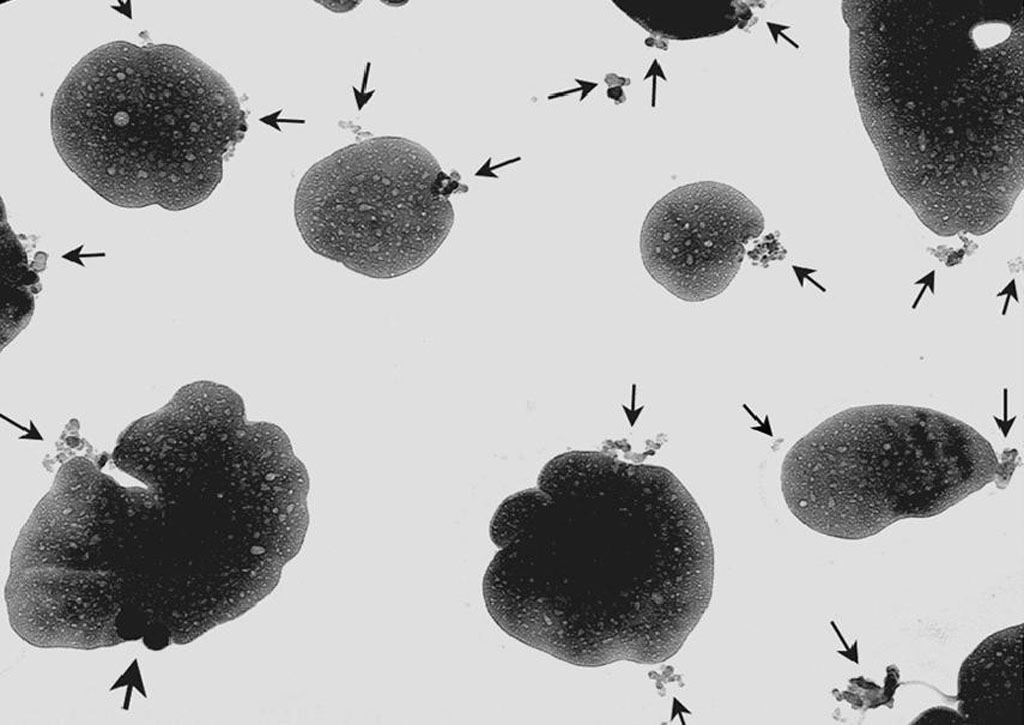
NASA Viz: Black Carbon: A Global Presence
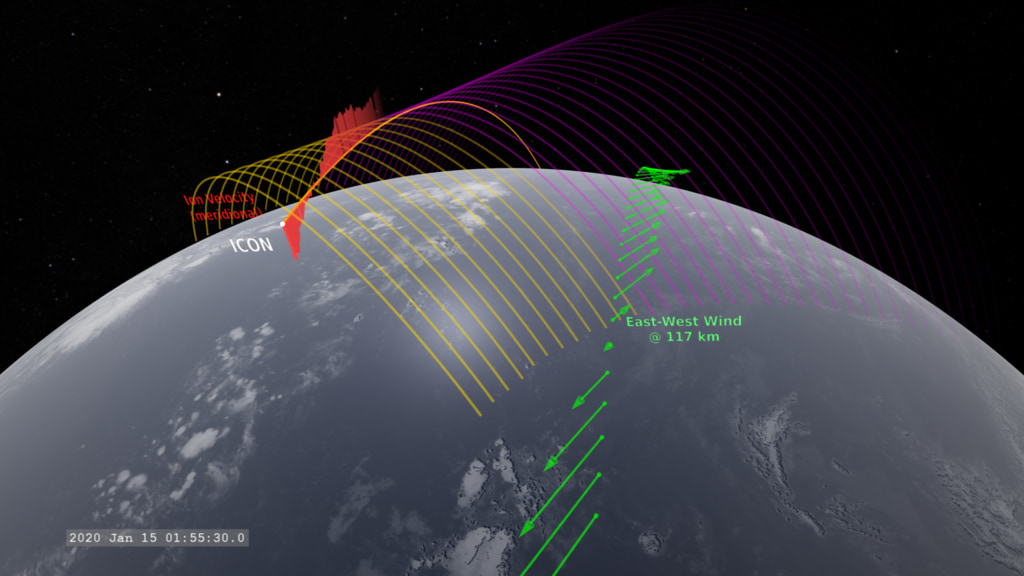
NASA SVS
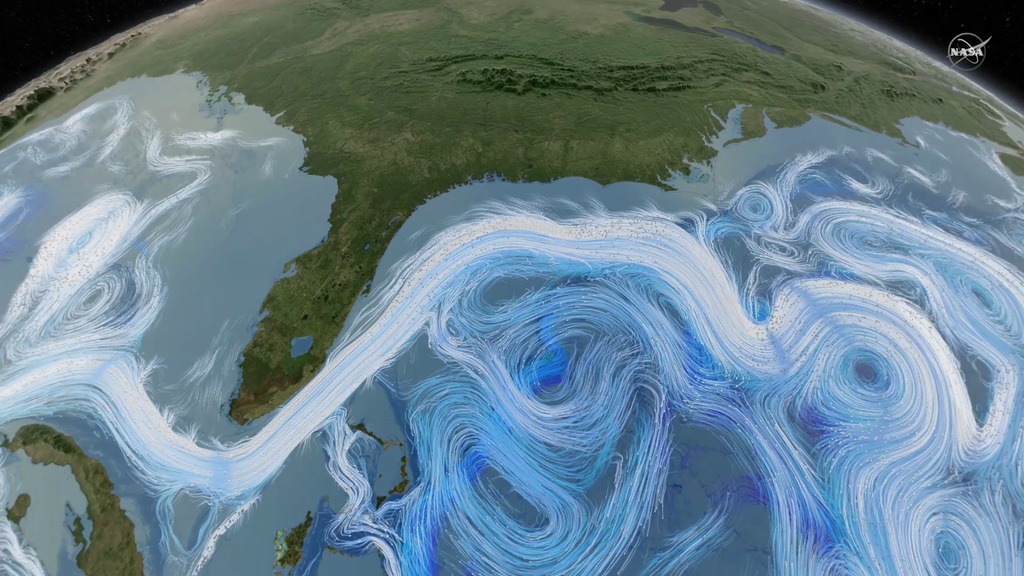
NASA SVS Ocean Circulation Plays an Important Role in Absorbing Carbon from the Atmosphere
Texture Black Carbon Illustrations ~ Vectors
Black Carbon Wallpapers - Wallpaper Cave
Black Carbon Wallpaper (73+ images)
Black Carbon Fiber Texture Background With Blue Line Backgrounds
 Iheartraves set top is size XL and bottoms are a - Depop
Iheartraves set top is size XL and bottoms are a - Depop- New and used Aquarium Decorations for sale, Facebook Marketplace
 Reebok Girls' Underwear - Seamless Boyshort Palestine
Reebok Girls' Underwear - Seamless Boyshort Palestine Bolsa de folha de outono, corpo cruzado em verdura
Bolsa de folha de outono, corpo cruzado em verdura Disney Toys, Disney100 Collector Tinker Bell Doll, Gifts for Kids
Disney Toys, Disney100 Collector Tinker Bell Doll, Gifts for Kids- Plus High Waist Split Flare Denim Jean

